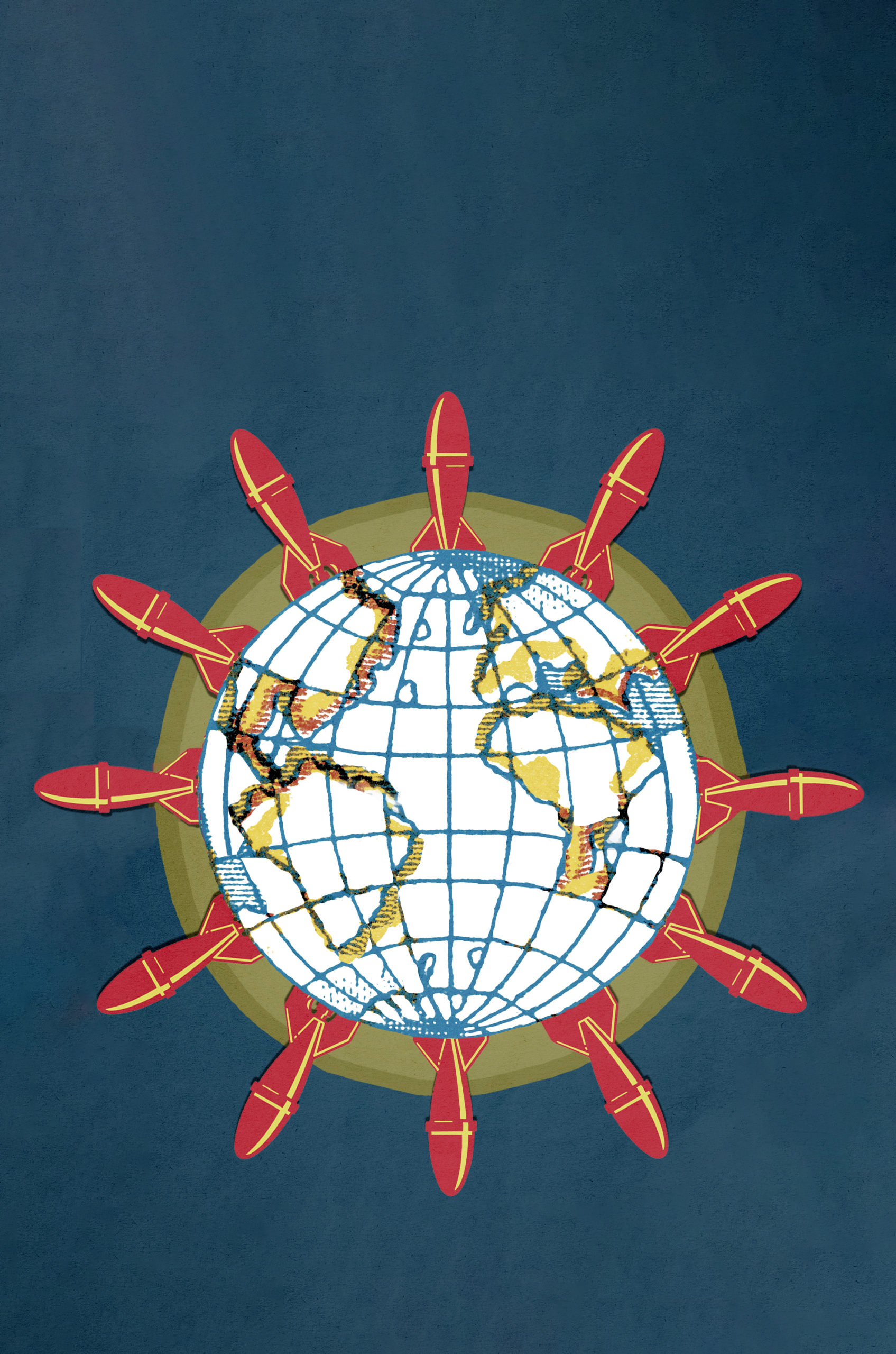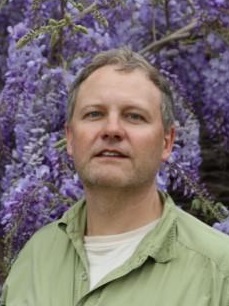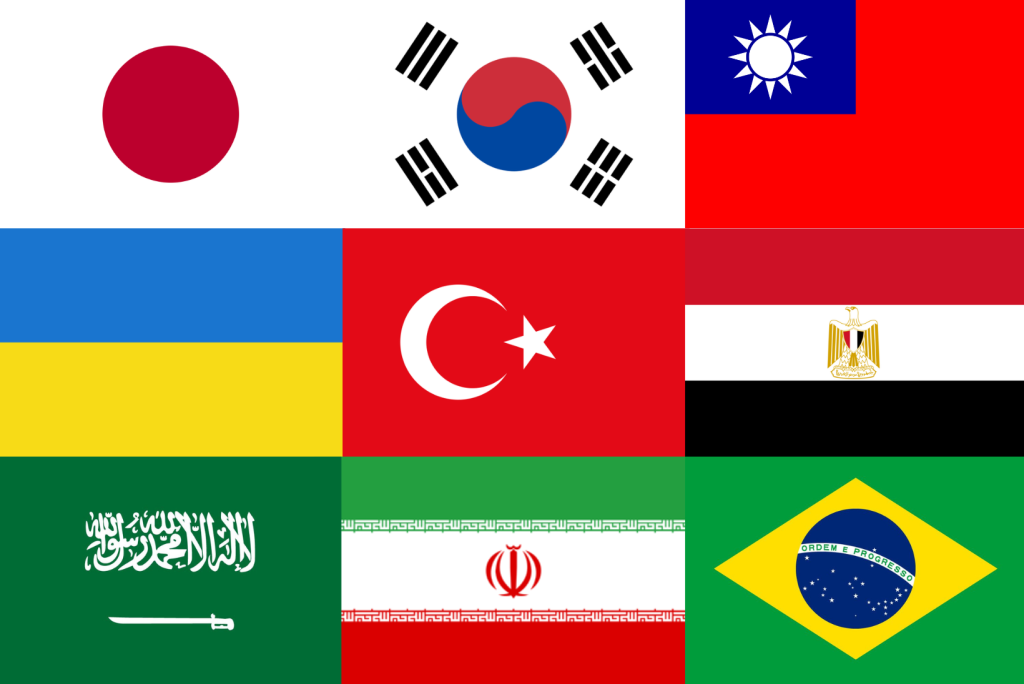So, why are we now talking about a new nuclear nine? After all, unneeded alarmism has never been in PIR Center’s style, with its nearly thirty years of expertise. For we are not alarmists. We are analysts.
That is why we are presenting this report today. Without intimidating anyone and without unnecessary drama, we feel the need to discuss openly the pending nuclear nonproliferation issues of the 21st century, which though being of acute concern are often downplayed under one plausible pretext or another.
Orlov, Vladimir A.
Editor-in-Chief
Today, PIR Center published a report “New Nuclear Nine? Assessing Nuclear Proliferation Threats in the World,” which analyzes possible threats to the nuclear nonproliferation regime in the long term. The news about this has already been published by Interfax (in Russian).
This report was prepared by an author’s team of 12 researchers under the editorship of Vladimir Orlov, founder and director of PIR Center, and Sergey Semenov, Research Fellow of PIR Center. The authors consider the possible impact of further degradation of the international security situation on the prospects for the proliferation of nuclear weapons (NW) on the examples of Japan, South Korea, Taiwan, Ukraine, Turkey, Iran, Egypt, Saudi Arabia and Brazil.
The goal of this report is to analyze the most radical scenarios for the development of the situation in the field of nuclear nonproliferation, which may lead to the emergence of new nuclear states on the political map of the world. We consider Japan, the Republic of Korea, Taiwan, Ukraine, Turkey, Egypt, Saudi Arabia, Iran and Brazil as states and territories ready to play for an increase. In our opinion, these States and territories may be interested in maintaining uncertainty about their nuclear ambitions – either as a last argument of the king, or as a bargaining chip.
For each of the countries, the authors analyzed the official declared nuclear weapons policy, statements by officials and representatives of the country’s political forces about the possibility of acquiring nuclear weapons, scientific and technical potential in the field of the nuclear fuel cycle and means of delivery, publicly available data on possible undeclared nuclear activities, economic and political constraints, and the state of public opinion.
Vladimir Orlov’s full introduction in English can be found here.
Table of contents in English can be found here.
The conclusions of the study can be summarized as follows:
- The current problematic state of the nuclear nonproliferation regime is a symptom of a broader crisis in the architecture of international security. The transition to a polycentric world order is accompanied by the erosion of American-centric security institutions, which were previously positioned by Western states as one of the elements of the nuclear nonproliferation regime.
- The greatest risks of the spread of nuclear weapons, according to our estimates, are associated with Asia-Pacific. The emerging arms race in the region, the US attempts to “be friends” with the Asia-Pacific states against China aggravate the situation. In this regard, close monitoring of the relevant programs of Japan and the Republic of Korea is required.
- In the light of possible proliferation risks, the depoliticized, non-discriminatory activities of the IAEA for nuclear verification are particularly relevant. It is fundamentally important to prevent the politicization of the Agency’s safeguards system, to correct the current bias towards verification activities in developing countries.



